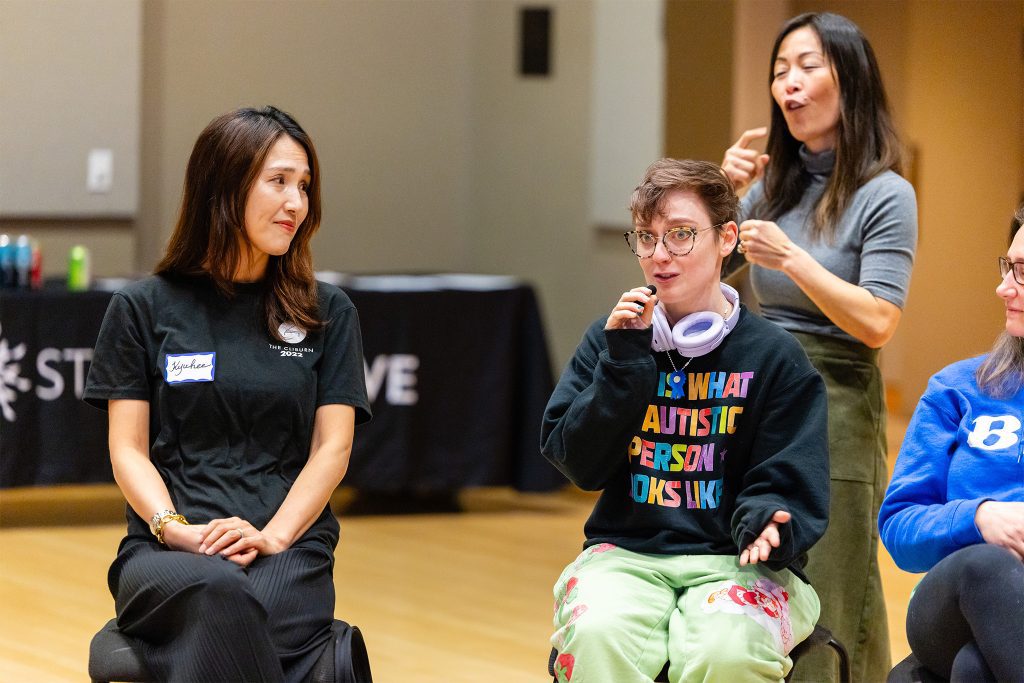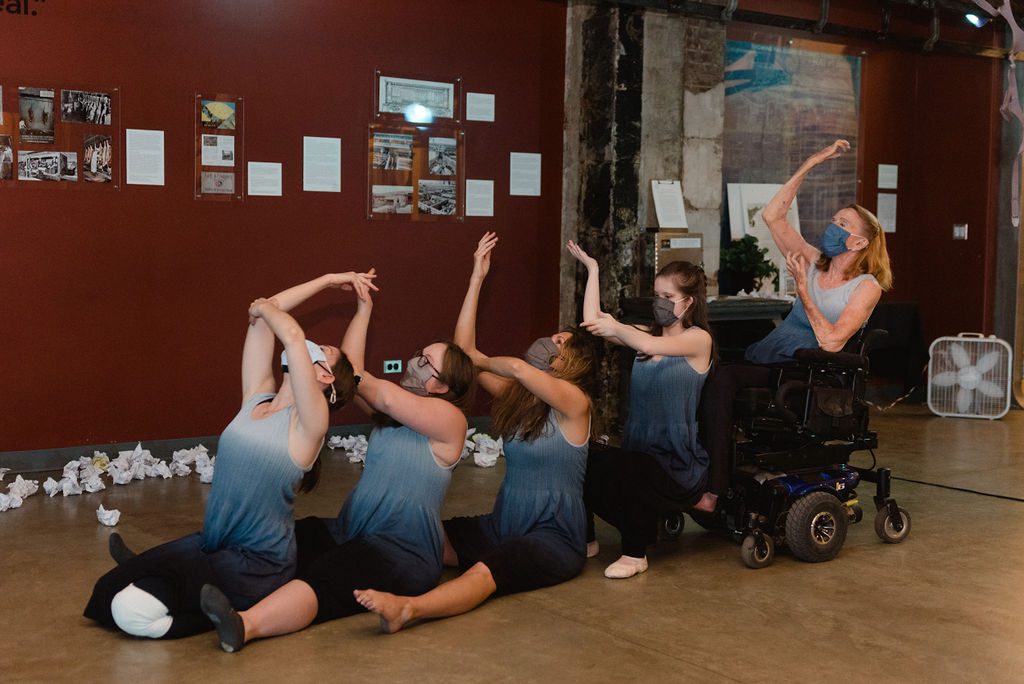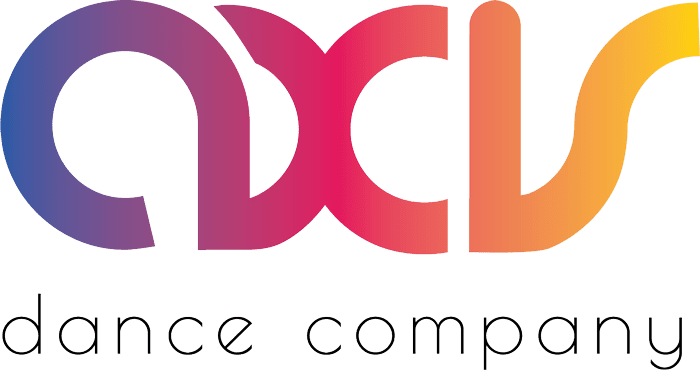One of the important aspects in creating authentic accessibility is by relationship building. It is important to understand that Disabled Artists have a multitude of ways in which they prefer to communicate and oftentimes lean on Crip Time to navigate the world. In understanding this, you can facilitate better ways to network and find deeper connections within your organization and beyond with Disabled Artists.
Internally to an organization, how staff and collaborators interact, is also about relationship-building and designing accessible workplaces for arts workers and administrators.

Photo of AXIS Teacher Training at Stanford Live
“The (Time To Act) study found that most arts organizations give priority to ensuring access for disabled audiences, with the needs of disabled artists coming second. This may be connected to the prevailing notion that people with disabilities are ‘passive’ recipients of culture, rather than ‘active’ participants.”
Article: #Overthewall: accessibility in the performing arts – published June 27, 2022

Kruzkowski, Ginger Lane, Stefanie Piatkiewicz. Tara Ahern for Unfolding Disability Futures event in Chicago, IL in June 2021 at The Plant.
Questions
- What are ways in which you build relationships with artists?
- How do you find those you’d like to be in a relationship with?
- What kinds of trainings can you start implementing to help build relationships with Disabled Artists?
- When you design a contract with Disabled Artists, are you considering…
- Accessible door to door transportation
- Accessible accommodations (with videos artists can use to understand the space before arriving)
- Accessibility expenses (back up wheelchairs (and transportation of extra chairs), specific kinds of vehicles, companion considerations)
- Allowing for Crip Time in the schedules created, especially expecting and planning for delays
Resources
-
Staff training approaches
-
Inclusive Employment Considerations by Arts, Access, Australia
-
Access Rider Open Template/Disability Arts Online
-
Johanna Hedva’s Access Rider
-
Emily Johnson’s Decolonization Rider
Note: the rider is a liminal legal space whose success largely depends on a venue/presenter’s willingness to commit to treating the rider as part of a contract/collaboration. -
Dance Magazine: Creating Neurodivergent-Friendly Spaces
-
Kulture City – Sensory Inclusion Trainings
